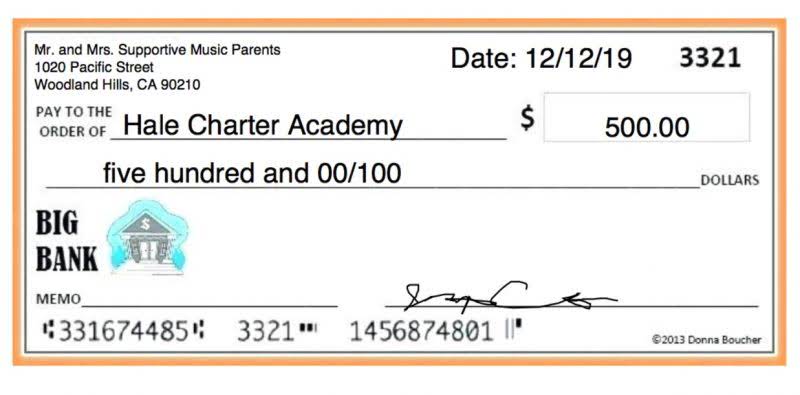
It is essential to consult with a tax professional to ensure compliance with local tax laws. Accrual-based accounting requires a business to match the expenses it incurs with the revenues it generates each accounting period. Because a long-term asset, such as a piece of equipment, contributes toward revenues over many accounting periods, a company spreads the asset’s cost over its useful life using depreciation. This creates a depreciation expense on the income statement each accounting period equal to a portion of the asset’s cost instead of creating an expense for the entire cost all at once.
Straight Line Depreciation Rate Calculation
- The double-declining-balance method causes lower profit in the earlier years of an asset’s life than in the later years due to the greater depreciation expense in the earlier years.
- What it paid to acquire the asset — to some ultimate salvage value over a set period of years (considered the useful life of the asset).
- And if it’s your first time filing with this method, you may want to talk to an accountant to make sure you don’t make any costly mistakes.
- By applying double the straight-line depreciation rate to the asset’s book value each year, DDB reduces taxable income initially.
- Now you’re going to write it off your taxes using the double depreciation balance method.
- The journal entry will be a debit of $20,000 to Depreciation Expense and a credit of $20,000 to Accumulated Depreciation.
It allows users to extract and ingest data automatically, and use formulas on the data to process and transform it. A form of accelerated depreciation where the asset is depreciated https://www.bookstime.com/ at double the rate as compared to straight-line depreciation. If you’re brand new to the concept, open another tab and check out our complete guide to depreciation.
Double Declining Depreciation

The overall depreciation recognized in the end is the same regardless of the method used. To get a better grasp of double declining balance, spend a little time experimenting with this double declining balance calculator. It’s a good way to see the formula in action—and double declining balance method understand what kind of impact double declining depreciation might have on your finances. Every year you write off part of a depreciable asset using double declining balance, you subtract the amount you wrote off from the asset’s book value on your balance sheet.
- Once the asset is valued on the company’s books at its salvage value, it is considered fully depreciated and cannot be depreciated any further.
- Taxes are incredibly complex, so we may not have been able to answer your question in the article.
- Our team of reviewers are established professionals with decades of experience in areas of personal finance and hold many advanced degrees and certifications.
- Similar to declining balance depreciation, sum of the years’ digits (SYD) depreciation also results in faster depreciation when the asset is new.
- Don’t worry—these formulas are a lot easier to understand with a step-by-step example.
- In other words, the major difference between straight line depreciation and reducing balance depreciation is timing.
How to Calculate Depreciation in DDB Method
This article is a must-read for anyone looking to understand and effectively apply the DDB method. Whether you’re a business owner, an accounting student, or a financial professional, you’ll find valuable insights and practical tips for mastering this method. The following examples show the application of the double and 150% declining balance methods to calculate asset depreciation. In the above example, we assumed a depreciation rate equal to twice the straight-line rate.
If the salvage value of an asset is known (such as the amount it can be sold as for parts at the end of its life), the cost of the asset can subtract this value to find the total amount that can be depreciated. Assets with no salvage value will have the same total depreciation as the cost of the asset. This formula is best for companies with assets that lose greater value in the early years and that want larger depreciation deductions sooner. Consider a widget manufacturer that purchases a $200,000 packaging machine with an estimated salvage value of $25,000 and a useful life of five years.


- For instance, if an asset’s market value declines faster than anticipated, a more aggressive depreciation rate might be justified.
- The primary limitation of straight-line depreciation is that it may not accurately reflect the decline in value for all types of assets.
- However, the final depreciation charge may have to be limited to a lesser amount to keep the salvage value as estimated.
- Standard declining balance uses a fixed percentage, but not necessarily double.
- As an alternative to systematic allocation schemes, several declining balance methods for calculating depreciation expenses have been developed.
- Under the declining balance method, depreciation is charged on the book value of the asset and the amount of depreciation decreases every year.
- All such information is provided solely for convenience purposes only and all users thereof should be guided accordingly.
